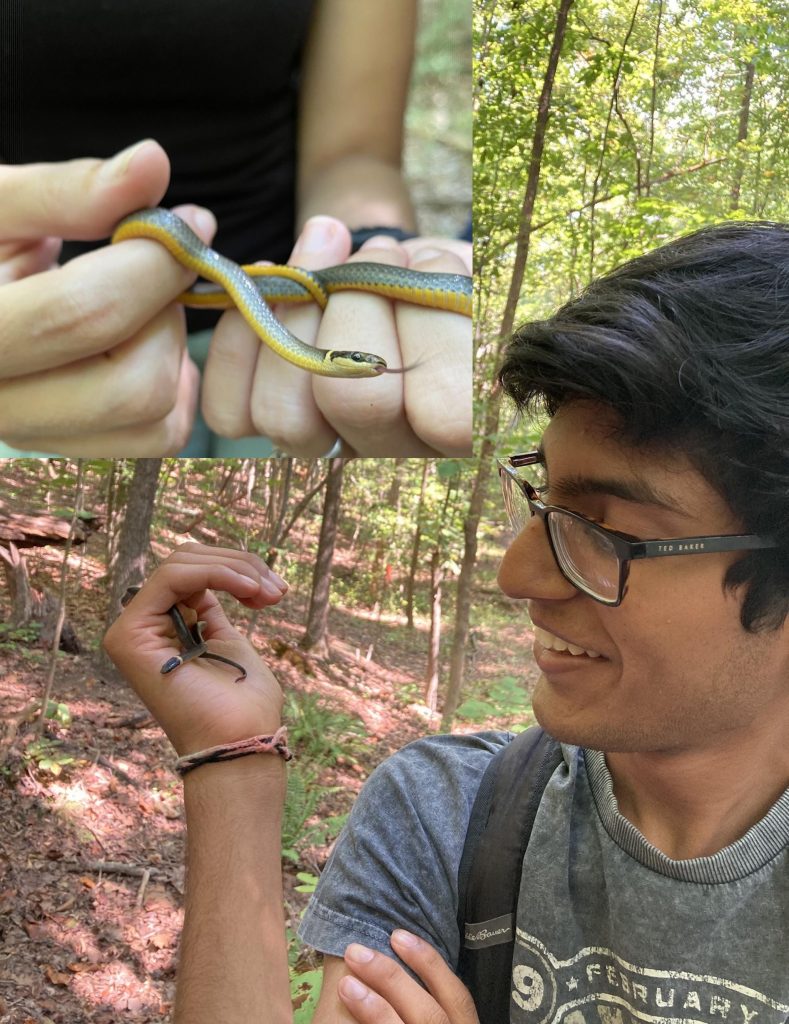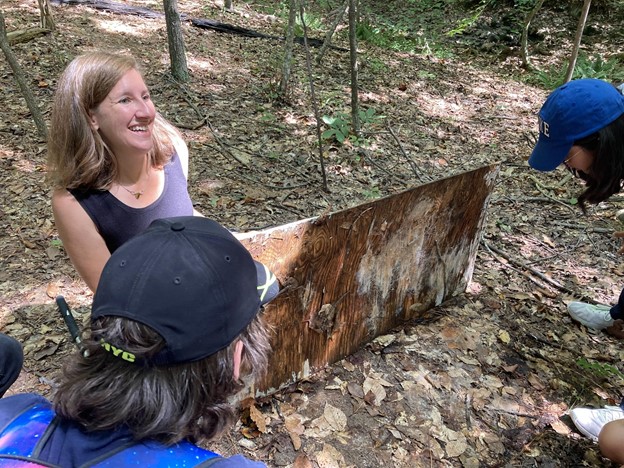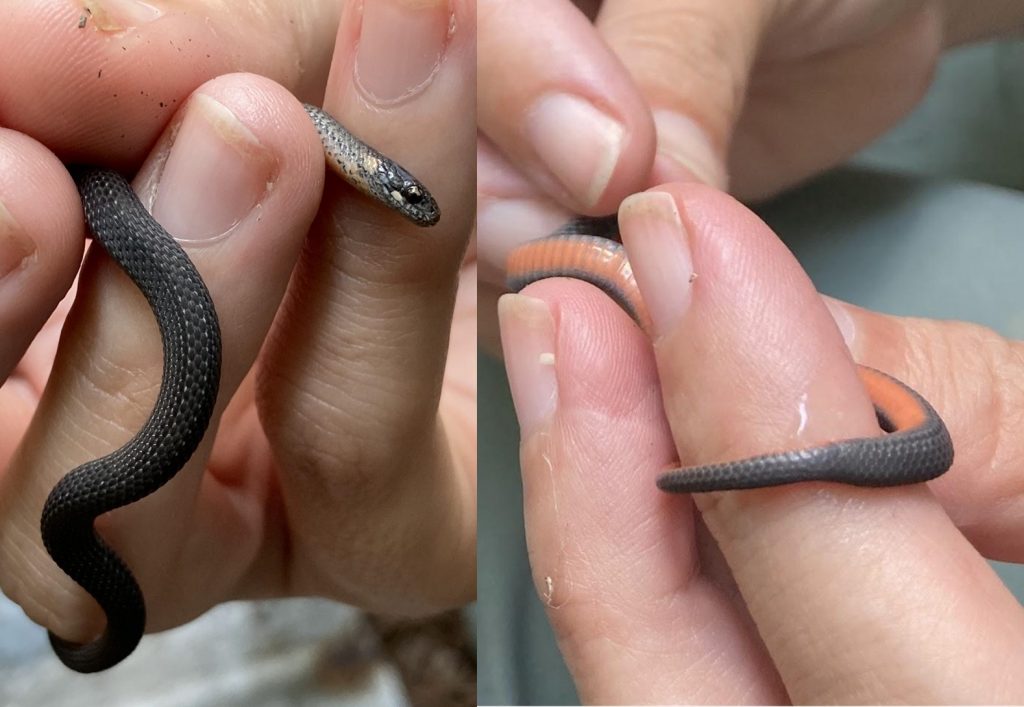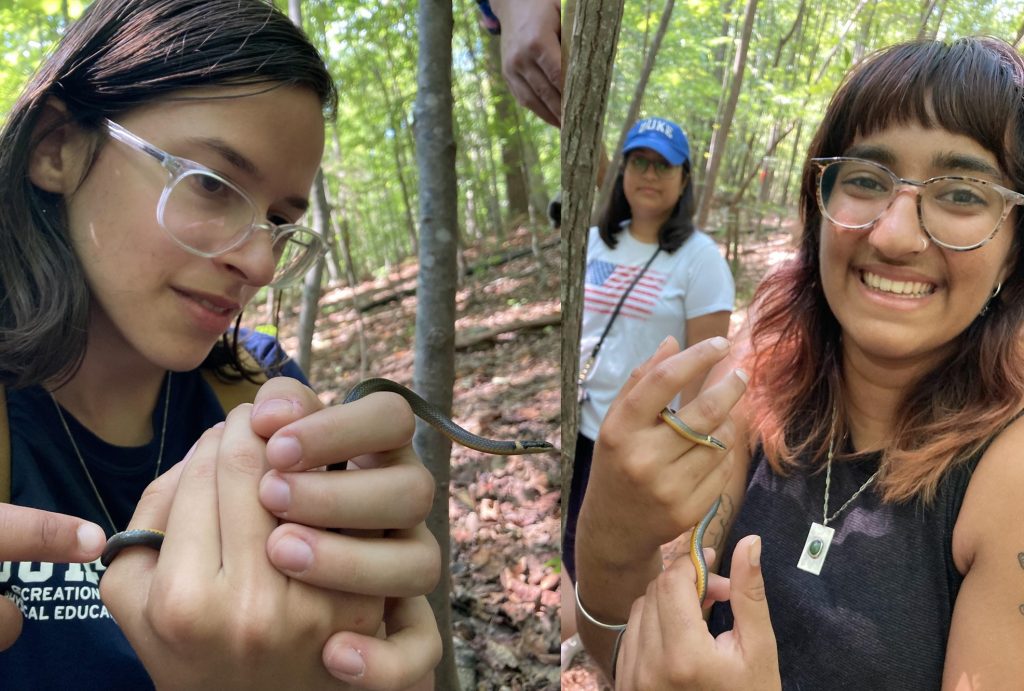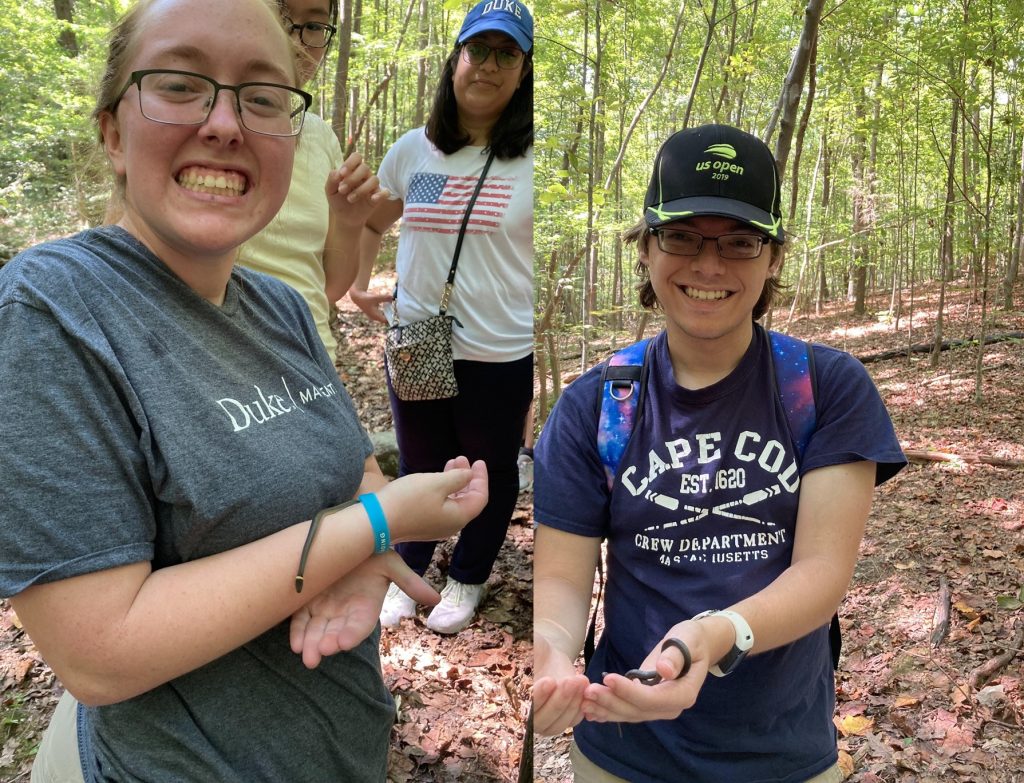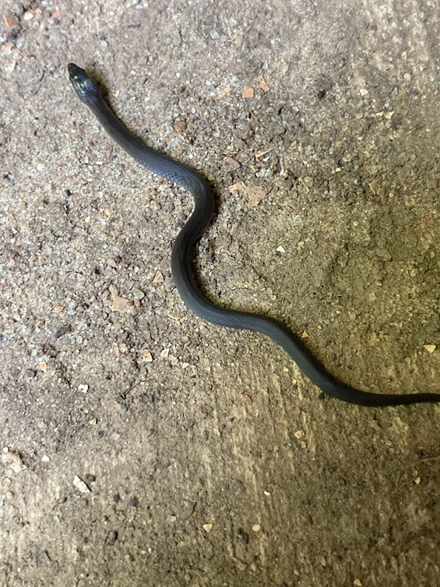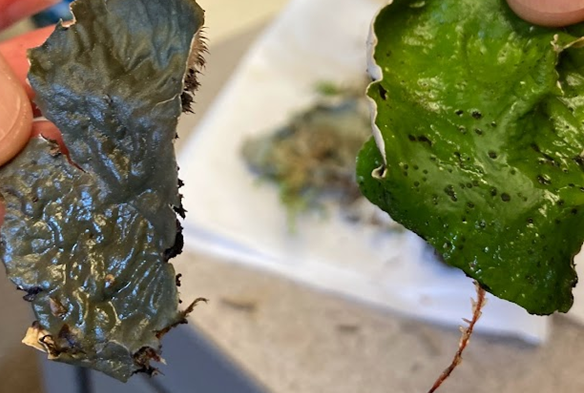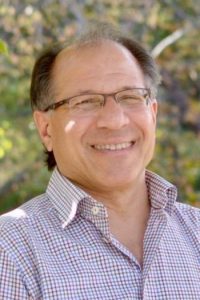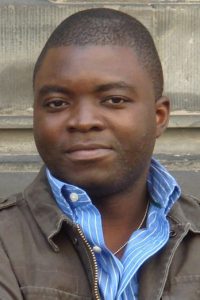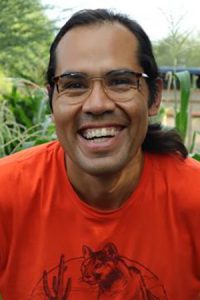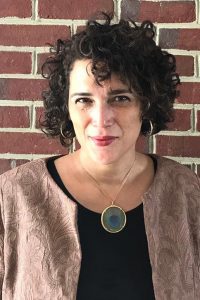
All photos courtesy of Tom Earnhardt.
There are many ways to think of North Carolina. It was the 12th U.S. state to enter the Union. It is bordered by Virginia, Tennessee, Georgia, and South Carolina. North Carolina’s capital city is Raleigh, and it has an estimated population of 10,698,973. These are all facts, but they tell only part of the story: the human side of it.
Naturalist Tom Earnhardt offers other ways to view North Carolina: the state contains the oldest forest in the eastern United States, with trees up to 2,700 years old. It has 17 river basins, and some of its rivers show evidence of fishing weirs used by indigenous tribes hundreds of years ago. And from the Atlantic coast in the east to the Appalachian mountains in the west, North Carolina is home to thousands of native plants, animals, and fungi. There are 3,000 species of moths alone in North Carolina, and “Every one is essential; not one is optional.”
“North Carolina,” Earnhardt says, “is still one of the most biodiverse and extraordinary places on the planet.”
Earnhardt is a naturalist, photographer, writer, and attorney. He wrote and produced the show “Exploring North Carolina,” a series of dozens of episodes about North Carolina’s biodiversity, geography, and history. Earnhardt recently visited Duke to speak at the Nasher Museum of Art.
One inspiration for his talk was the ongoing Nasher exhibit “Spirit in the Land,” an exploration of ecology, culture, and connection to the natural world. “Art in its many forms,” Earnhardt says, “tells a story of love, loss, and renewal.”
Earnhardt has spent much of his career balancing caution and hope. We are facing environmental crises, including climate change and biodiversity loss. Earnhardt believes it’s important for people to know that, but he has put a lot of thought into how to get that message across. Earnhardt has learned that it can help to “tell it as though it was your best friend or brother who needed to hear an important story.” Science alone isn’t always enough. “To hear bad news of any kind is not easy,” Earnhardt says, “and people want to hear it from people they know, people they trust or can relate to.”
The stories he tells aren’t always easy to hear, but they are important. We need to know — whether on a local, state, national, or international scale — what exactly we stand to lose if we continue on a path of environmental destruction. Many species are becoming more scarce, Earnhardt says, “but we still have them.” They can’t be protected once they’re gone, but many of them are still here and can still be preserved. The goal for all of us should be to keep it that way.
North Carolina, Earnhardt says, is at “the epicenter of the temperate world.” The state has a range of climates and habitats. It marks the northernmost native range of the American alligator, while coniferous forests in the North Carolina mountains resemble boreal forests of the northern U.S. and Canada. North Carolina, according to Earnhardt, contains “whole ecosystems that other states only dream about.”
Eastern North Carolina is characterized by beaches, salt marshes, and other coastal ecosystems. Here you can find “wildflowers that grow in salty sand” and painted buntings, multicolored songbirds unlike any other in North America. On four occasions, he’s even seen manatees in North Carolina.
“Travelers from around the world vacation here and raise their families in the summer,” Earnhardt says—and he’s not talking about humans. Many shorebirds and sea turtles lay their eggs on North Carolina’s beaches. Human disturbance, including artificial lighting and crowded beaches, can put their babies in danger. Minimizing light pollution near beaches, especially during turtle nesting season, and staying away from nesting shorebirds can help.
Moving farther west, we can find savannas of grasses and pine trees. “You drive past this, and people go, ‘ho hum, a pine barren.’” To that Earnhardt says, “Look a little closer.”
These pine barrens are home to some of North Carolina’s 80 species of orchid, like the white-fringed and yellow-fringed orchids. “Look at them from all angles,” Earnhardt urges, “because from up above it becomes a sunburst… for those who watch.”
Be one of those who watches.
North Carolina rivers, forests, and swamps are also home to many wildlife species. Forests around Black River contain “huge buttresses of tupelo that hold the world together” and bald cypresses that have been alive for 2,700 years. The early years of these now-ancient cypress trees coincided with the fall of the Assyrian Empire and the establishment of the first emperor of Japan. Many centuries later, they are the oldest trees in eastern North America.
They are also in danger. “If seas rise three feet,” Earnhardt says, “there will be enough pressure to flood these [trees]…. We could lose them.” But “they are worth saving.”
Still farther west are the Appalachian mountains, another biodiversity hotspot. North Carolina is home to 60 species of salamanders, many of which live in the mountains. The southern Appalachians and western North Carolina contain more salamander diversity than anywhere else on the planet. One species that lives here is the American hellbender, a two-foot-long denizen of mountainous streams.
Despite increasing human development, North Carolina is still rich in flora and fauna. “We have wild places,” Earnhardt says. North Carolina has more than 450 bird species, over 30 native pitcher plants, 20 freshwater turtles, and 38 snakes—“and they’re all good neighbors,” Earnhardt adds.
North Carolina has pink and yellow lady slippers and ten-foot-tall Turk’s Cap lilies; crayfish and thousands of mushrooms; native azaleas and insects that depend on them. It has Earnhardt’s “new favorite bird,” the swallow-tailed kite, and vultures, “the clean-up crew: not optional.” That’s a refrain throughout Earnhardt’s talk. “Nothing I’ve shown you tonight is optional,” he says.
“Both in banking and nature,” Earnhardt says, “when we make too many withdrawals and not enough deposits… there’s a deficit.” There are too many creatures we have already lost. The eastern cougar. The Carolina parakeet. The passenger pigeon. Too many more. There are still others that are threatened or endangered but not yet gone. “We humans tend to forget the failures and close calls,” Earnhardt says. While talking about biodiversity loss, he references a quote by biologist E.O. Wilson: “This is the folly our descendants are least likely to forgive us.”

So what can be done? To preserve biodiversity, we have to consider entire ecosystems, not just one endangered animal at a time. “We are part of the natural world, part of links and chains and pyramids,” Earnhardt says, and humans too often forget that. Everything is connected.
He recalls visiting entomologist Bill Reynolds’s lab and noticing crickets hopping across the floor. “Don’t step on the transmission fluid!” Reynolds warned. He was referring to the crickets and to insects more broadly. Like transmission fluid in cars, insects are essential to making sure the systems they are part of run smoothly. Insects serve crucial roles in food webs, pollination, and decomposition. Studies show that they are declining at alarming rates.
“We are at a crossroads,” Earnhardt says. “Our transmission fluid is low, and we have made too many withdrawals from the bank of biodiversity.” Still, he emphasizes the importance of not giving up on wildlife conservation. Given a chance, nature can and will regenerate.
Despite all our past and current failures, conservation also has remarkable success stories. The brown pelican is one North Carolina resident that almost went extinct but has since “come back in incredible numbers.” The bald eagle is another. Its population plummeted in the 20th century, largely due to the insecticide DDT as well as habitat loss and hunting. By 2007, though, after intensive conservation efforts, it had rebounded enough to be removed from the endangered species list. Until about 1980, Earnhardt had never seen a bald eagle in North Carolina. Today, Earnhardt says, “I see them in every county.”

“Everyone’s going to have to fly in the same direction,” to preserve North Carolina — not to mention the rest of the world — at its best and wildest, Earnhardt says. But individual actions can make a difference. He suggests planting native flowers like milkweed and coneflower, both of which are good food sources for pollinators. And if you choose to plant ornamentals like crepe myrtle, “Treat that as a piece of art in the yard and then plant the rest as native.”
Lady Bird Johnson, a former first lady and conservation advocate, once said that “Texas should look like Texas, and Mississippi like Mississippi.” Choosing native plants can be a powerful way to help native wildlife in your own yard. “If you plant it,” Earnhardt says, “they will come.”
One audience member asks, “How do you recommend that we recruit non-believers?” It’s a conundrum that Earnhardt has put a lot of thought into. “It takes time, and it takes patience,” he says. “Some of my best friends are not full believers, but I work on them every day.”

Post by Sophie Cox, Class of 2025


















